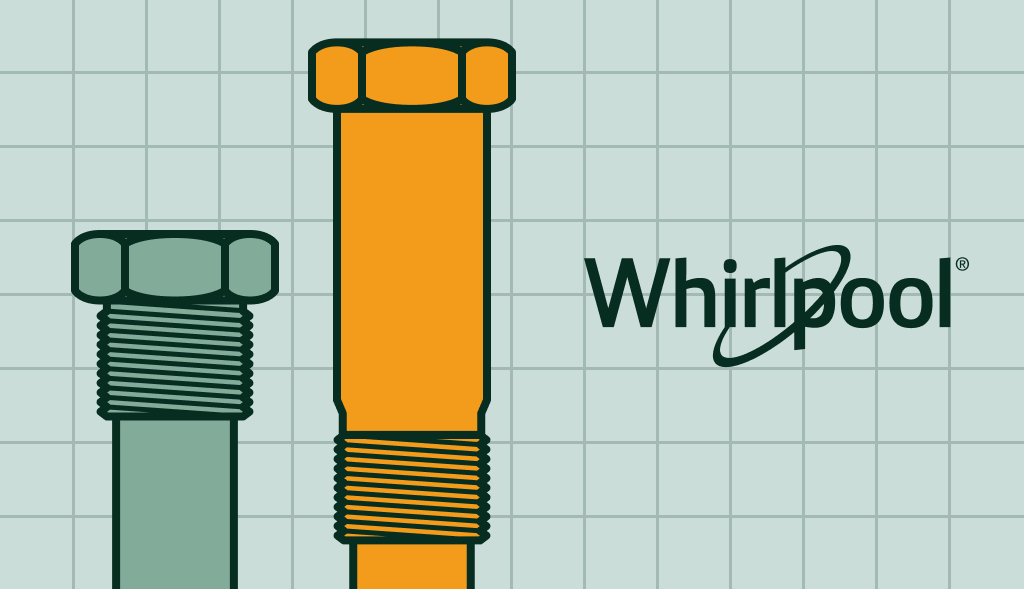How to Find and Upgrade the Anode Rod on a Ruud Water Heater
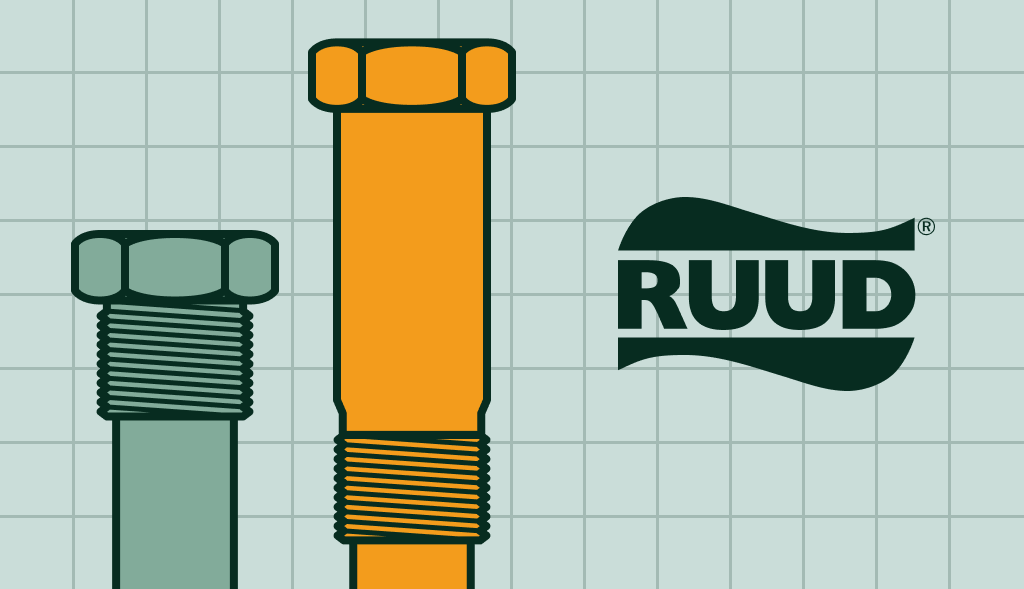
Maintaining your hot water heater is one of the most effective ways to extend its lifespan and prevent costly repairs. The anode rod, a small piece of metal, plays a significant role in protecting the tank from corrosion.
In this guide, we will explain where the anode rod is on a Ruud water heater, how to check and replace it, and why upgrading to a powered anode rod from Corro-Protec can save you time, money, and hassle.
Where Is the Anode Rod on a Ruud Water Heater?
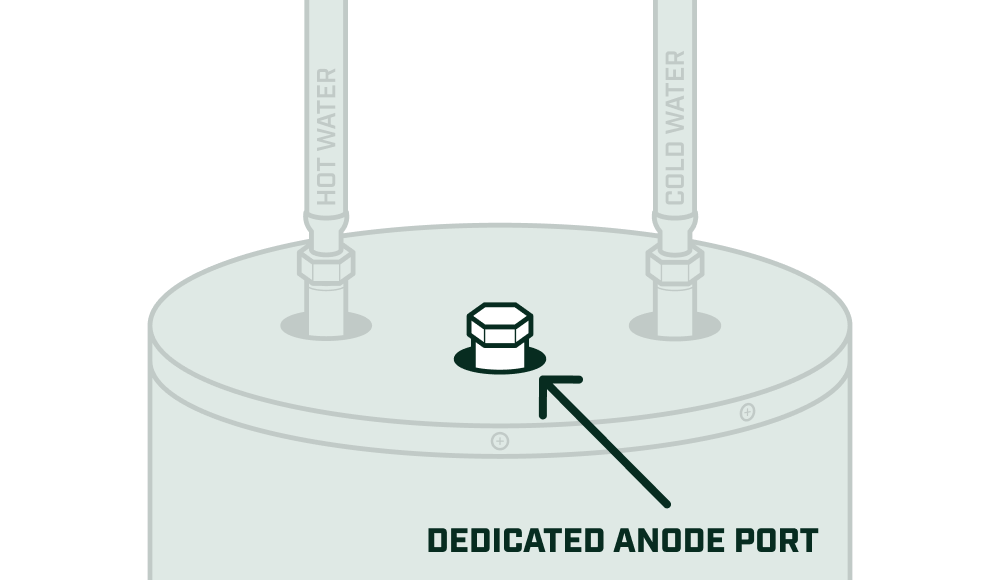
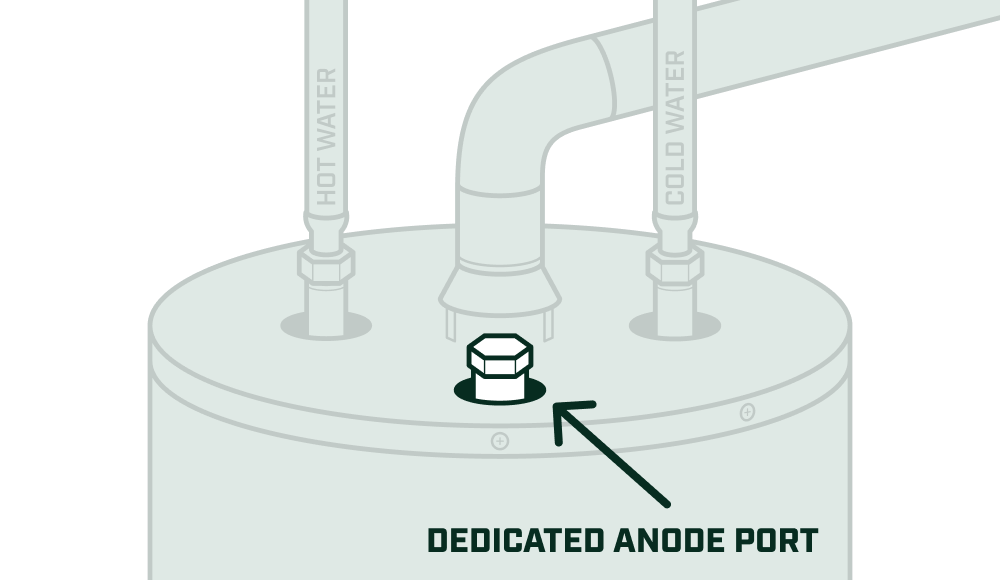
On most Ruud water heater models, the anode rod is located at the top of the tank. When you are facing the front of the unit, it is usually found under a small plastic cover on the right side.
Some Ruud heaters may have more than one anode rod, or the rod may be combined with the hot water outlet. Checking your owner’s manual is always a good idea, but in most cases you will find the rod in the top-right location.
How to Inspect and Replace the Anode Rod
Inspecting the anode rod every one to two years is recommended. Here are the basic steps for checking or replacing the rod in a Ruud water heater:
Step 1
Shut off the cold water inlet.

Step 2
Release the pressure from the tank.
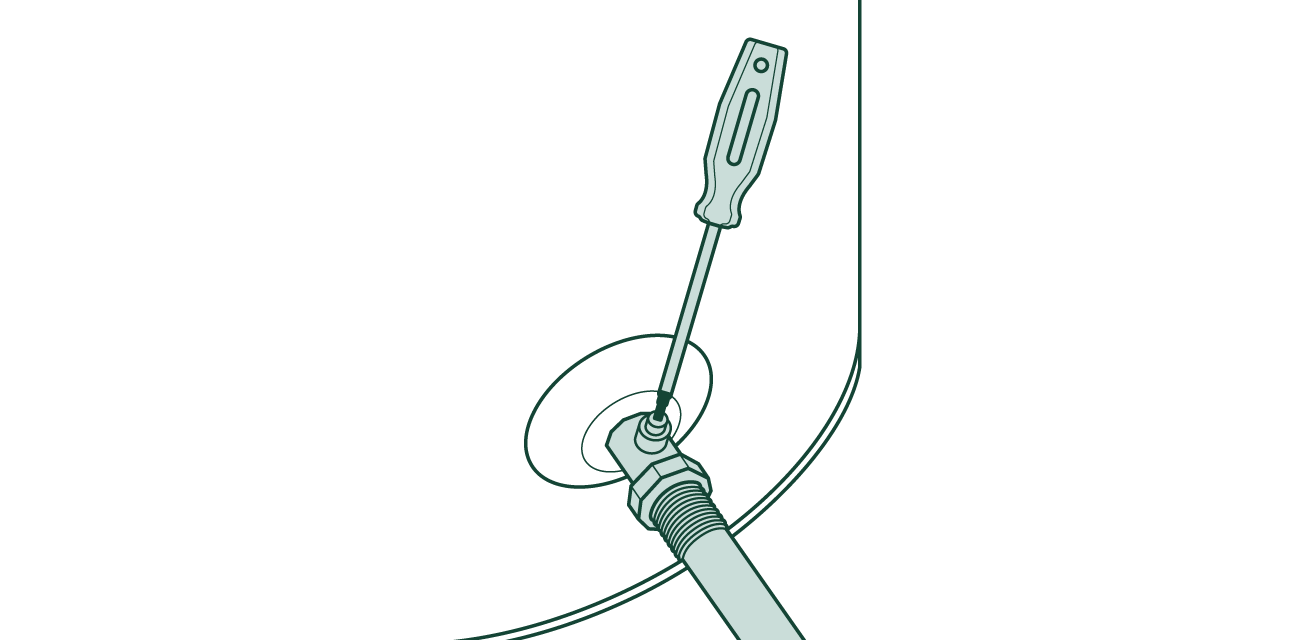
Step 3
Locate the anode and Inspect it: If it’s heavily corroded, rusted, or reduced to a thin core wire, it needs to be replaced.
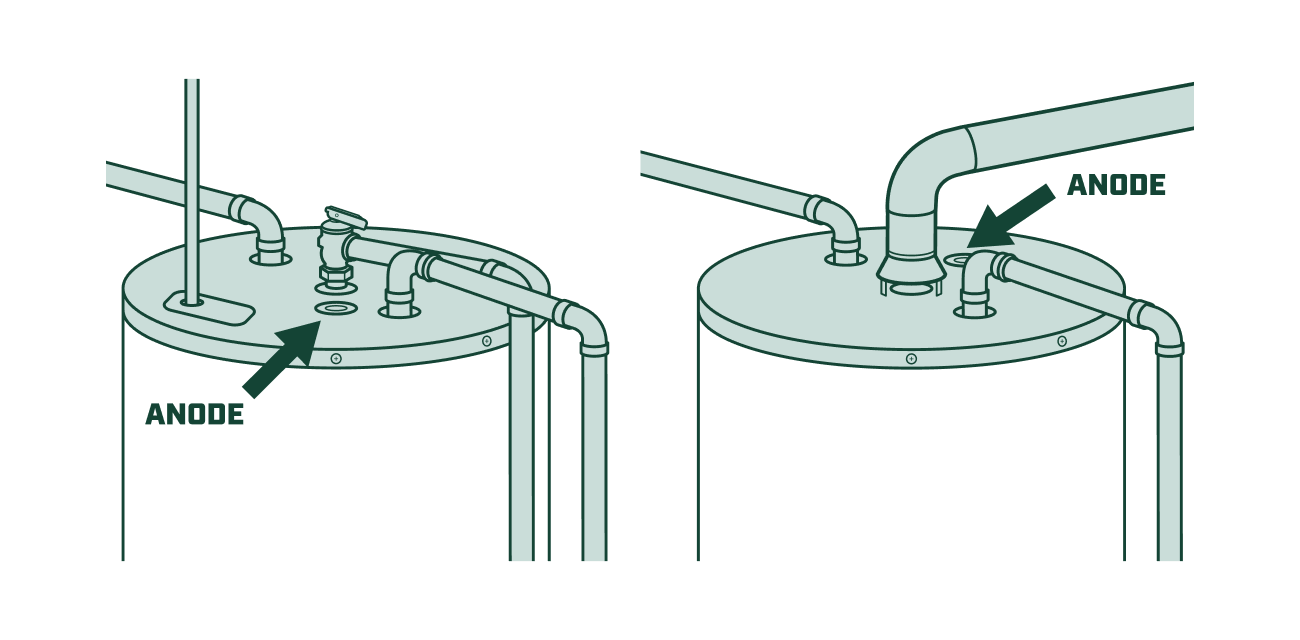
Step 4
Remove the plastic cover and use an impact wrench or ratchet bar to loosen the hexagon-shaped head of the anode rod.

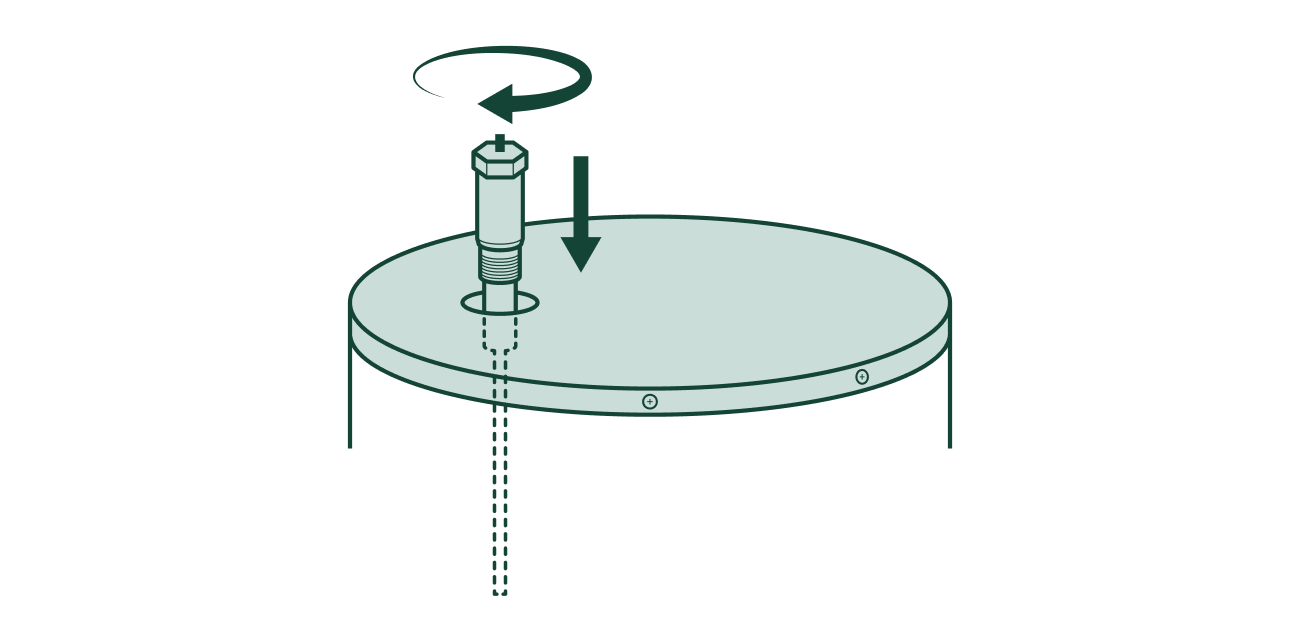
If you choose to install a powered anode, the process is similar but requires connecting the power supply. Changing the anode rod in a Ruud water heater is a straightforward process. Upgrading to a powered anode rod provides odor-free, long-lasting protection. Corro-Protec offers a clear step-by-step installation guide to make this process easier.
Sacrificial Anode Rods vs. Powered Anode Rods
Proper maintenance is essential to ensure your water heater performs well and lasts as long as possible. Most State water heaters come equipped with a CoreGuard aluminum anode. This type of anode typically wears out within 1 to 6 years, depending on your water quality.
How quickly the anode deteriorates depends on several factors, including water hardness, the use of a water softener, or high levels of chemicals such as chlorine.
Powered Anode Rods
Powered anodes are a modern, high-performance alternative to traditional sacrificial anodes. Instead of dissolving to protect the tank, they use a small electrical current to stop corrosion inside the water heater. Because they do not consume themselves, they deliver long-lasting, continuous protection.
You can explore all the benefits of powered anodes and get yours here.
| Powered Anode Rod | Magnesium Anode Rod | Aluminum Anode Rod(Zn-Alloy) | |
|---|---|---|---|
| Type | Titanium (Impressed-Current) | Sacrificial | Sacrificial |
| Typical Lifespan* | 25+ yrs | 1 to 3-5 yrs | 2 to 4-6 yrs |
| Lifetime Cost* | $159.99 | $199.99 to $999.99 | $209.99 to $599.99 |
| Typical Price* | $159.99 | $39.99 | $49.99 |
| Energy savings | Reduces energy bills by $40/year by preventing sediment buildup | Increase energy use due to sediment buildup | Increase energy use due to sediment buildup |
| Anode Rod Replacement |
Never |
Frequently |
Frenquently |
| Corrosion Protection |
Stops corrosion |
Failing to replace the anode rod before it’s depleted means water heater corrosion/failure will resume; regular inspection is key |
Lose their effectiveness over time. To ensure continued protection against corrosion, timely replacement is essential |
| Sulfur smell elimination | Eliminates & Prevents sulfur smell in hot water within 24 hours, no matter the cause | Can react with certain water types, producing an unpleasant sulfur smell in hot water | Can help reduce sulfur smell in hot water |
| Sediment Build-Up | Reduces sediment accumulation | Can cause sediment buildup in the tank when the anode is deteriorated | Can cause sediment buildup in the tank when the anode is deteriorated |
| Water Quality | Best for any water chemistry (soft or hard water) | Good for any water chemistry but will deteriorate more quickly in hard water | Good for any water chemistry but will deteriorate more quickly in hard water |
| Inspect | No anode rod inspection |
Hard/Well water: yearly Soft city water: every 2 yrs |
Hard/Well water: yearly Soft city water: every 2 yrs |
| Replace | No anode replacement. Controller sounds/LED alerts after ~20 yrs |
Anode rod replacement Hard/Well water: 2 to 3 yrs Soft city water: ~5 yrs |
Anode rod replacement Hard/Well water: 4 to 6 yrs Soft city water: ~5 yrs |
| Odor Notes | Ends odor completely in less than 24 hours | Can cause sulfur smell over time | Helps reduce smell, not always fully |
Why Choose a Powered Anode Rod for Your Ruud Heater?
A powered anode rod offers several advantages for Ruud water heater owners:
- Extended Tank Life: The powered system protects all areas of the tank, including weld seams and weak spots.
- No Rotten-Egg Smell: If your hot water has ever smelled like sulfur, a powered anode can stop that reaction.
- Low Maintenance: Once installed, there is no need for regular replacement.
- Universal Fit: Corro-Protec rods are designed to fit a wide range of water heater brands, including Ruud.
- Energy Efficient: The system uses only a small amount of electricity each year.
By upgrading, you reduce the risk of leaks, odors, and premature tank failure.
Installation Tips and Resources
Installing a powered anode rod is a manageable project for many homeowners. However, professional help is always an option if you prefer.
Key tips include:
- Make sure the water heater is full before restoring power or gas.
- Allow enough overhead clearance to insert the rod into the tank.
- Ensure the power supply to the anode is connected correctly.
Corro-Protec provides a complete installation guide with diagrams and instructions.
Protect Your Ruud Water Heater Today
The anode rod is your water heater’s first line of defense against rust and corrosion. For Ruud owners, knowing its location and how to maintain it is essential. Upgrading to a powered anode rod from Corro-Protec is a smart way to extend the life of your tank, prevent odor problems, and save money over time.
Start protecting your water heater now by choosing the Corro-Protec powered anode rod. To learn more about how it works and why it is the best choice for your Ruud tank, visit the powered anode rod overview or check out the installation guide.
FAQ
No, the Corro-Protec powered anode rod does not void you Ruud water heater warranty. In fact, Ruud considers powered anode rods to be maintenance parts that support the proper functioning and longevity of the tank.
In the United States, this is protected under the Magnuson-Moss Warranty Act, and in Canada, under the Canadian Competition Act. The only exception permitted by law is if a manufacturer offers an equivalent part using the same technology at no cost, which never happens.
Blog
Suburban Water Heater Anode Rods
If you own a Suburban water heater, you’ve likely heard about the importance of an anode rod. For the Suburban RV water heater anode rod, […]
Protect Your Whirlpool Water Heater From Corrosion With an Anode Rod
One crucial component often gets overlooked when maintaining your Whirlpool* water heater: the anode rod. This small metal rod plays a significant role in preventing […]

